Kànzǎidǐng Fish Market 崁仔頂漁市場 is supposedly the longest-running operation of its kind in northern Taiwan. Back in the Japanese colonial era the market was located along the banks of the Xùchuān River 旭川河 in Keelung, formerly a navigable canal running through the downtown core and emptying into the harbour. The name of the market is derived from a Taiwanese Hokkien term for the stone stairs that once lined the side of the canal; Kanzaiding literally means “top of the stairs”. The Japanese built a pier in the late 1920s, making it easy for fishermen to offload their catch next to the market, and convenient access to the railway network encouraged its growth.
After the KMT took over Taiwan the fish market and the rest of Keelung continued to expand—but there wasn’t much room to grow. The topography of the area around the port is very hilly and there isn’t much space for the city to sprawl. As such, the new government undertook several efforts to redevelop the canal in the late 1950s, destroying several of the piers and filling in parts of the canal to make more room for the market, a new police station, and other buildings.
Density in the downtown core continued to increase in subsequent years, eventually leading to a far more drastic round of urban renewal. In the mid-1970s the entire length of the canal from the foot of the harbour to the back of the downtown core was covered up to create more land for development. The multi-use Sāndòng Buildings 三棟大樓, completed in 1978, now occupy this space, water flowing underground. Take a stroll to the harbour and you’ll see several Japanese colonial era bridge pylons jutting out of the sidewalk—this is where the canal exits into the harbour. Turn around and walk alongside the three market buildings and you’ll eventually reach where the fetid canal is swallowed up by the city beneath the highway offramp at Rénwǔ Road 仁五路.
Chances are you might smell the river entering the canal at the back of the city before you see it—the amount of rotting garbage it contains is truly incredible. All that refuse collects in the forgotten spaces beneath the Sandong Buildings and, as such, there are concerns about the potential for a massive explosion from the build-up of methane and other flammable gases. Gross, huh? Nowadays there is talk about removing the aging and decrepit buildings capping the canal—but we’ll just have to wait and see about that.
While Kanzaiding originated as a simple fish markets along the sandy riverbanks of this historic port town, its modern incarnation is more like a grim urban dystopia: all asphalt, concrete, tile, plastic, metal, and flesh, human and otherwise. Many of the small businesses of the market operate out of the ground floor of the three Sandong Buildings now covering the unseen channel—and many more can be found along buildings on the surrounding streets. Long after dark, as the day’s catch arrives by truck, the streets become incredibly congested with vehicles of all kinds, wheeled carts, baskets, styrofoam containers, refrigerator units, tables, scales, and people—so many people. And to think, this place only gets going after midnight!
From what I’ve read and seen there is a nightly rhythm to the business of the fish market. Shops begin setting up around 10pm, the first shipments arrive around 11pm, and business commences around midnight. Wholesale buyers swoop in around 1am to make big purchases at a discount, clearing space in the crowded market, but the night is only getting started. Rush hour begins around 3am and rapid-fire auctions continue until dawn. After sunrise the vendors clean up, the shutters come down, and the market disappears, much like the hidden river beneath it all.
By day there are few signs of the late night business that sprawls through the streets of the downtown core. I have been to Keelung many times and had no idea how much activity took place on these dark streets until I booked a hotel and spent the night in the city on a whim—an experience I previously wrote about in this article. If you also spend the night you’ll have no problem finding the place—cross the downtown core and you’ll be drawn to the market like fish to an angler’s glowing lure.
Unsurprisingly, almost nothing has been written about this old market in English apart from an intriguing piece by Benoit Girardot, which I recommend you read. For further commentary in Chinese and many more photos have a look at these blogs here, here, here, here, here, here, here, here, and here.
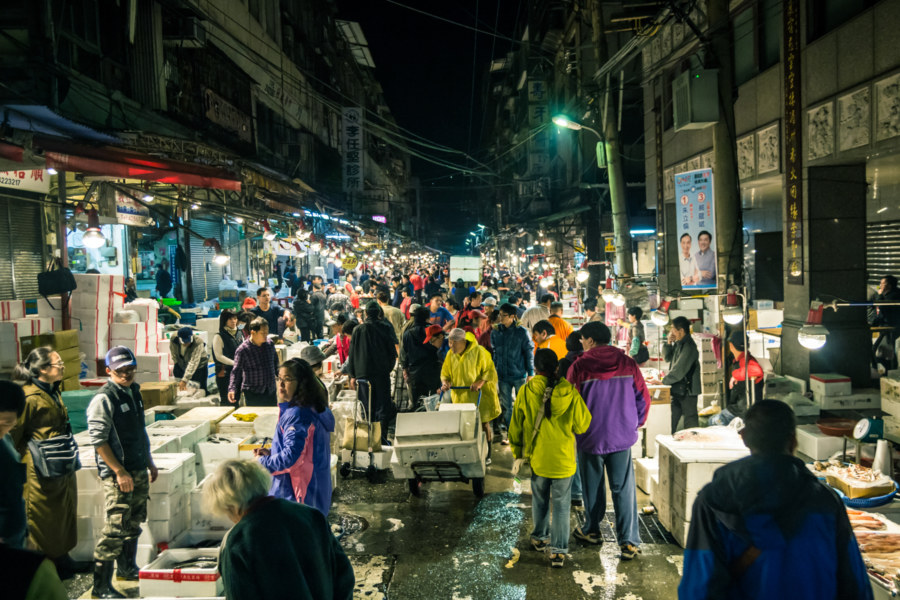
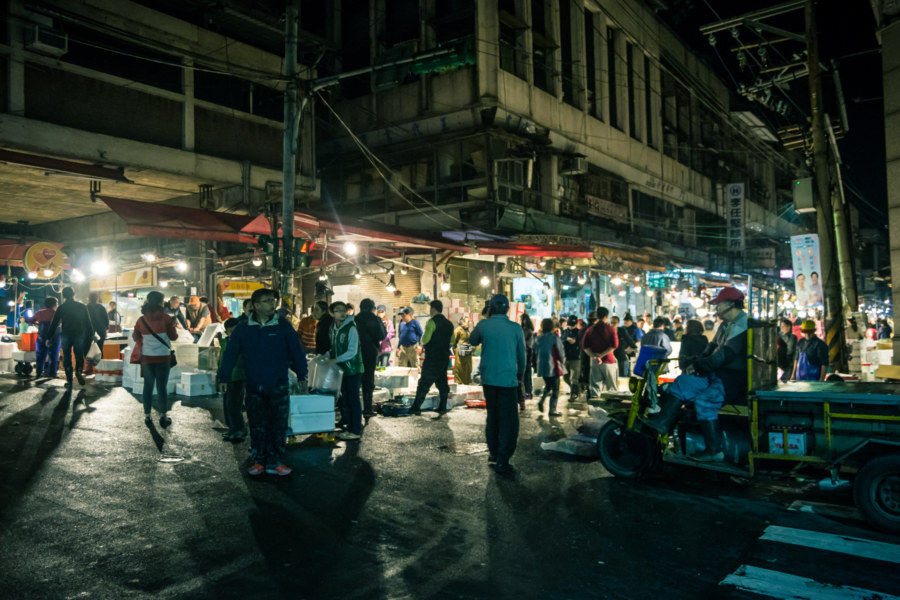
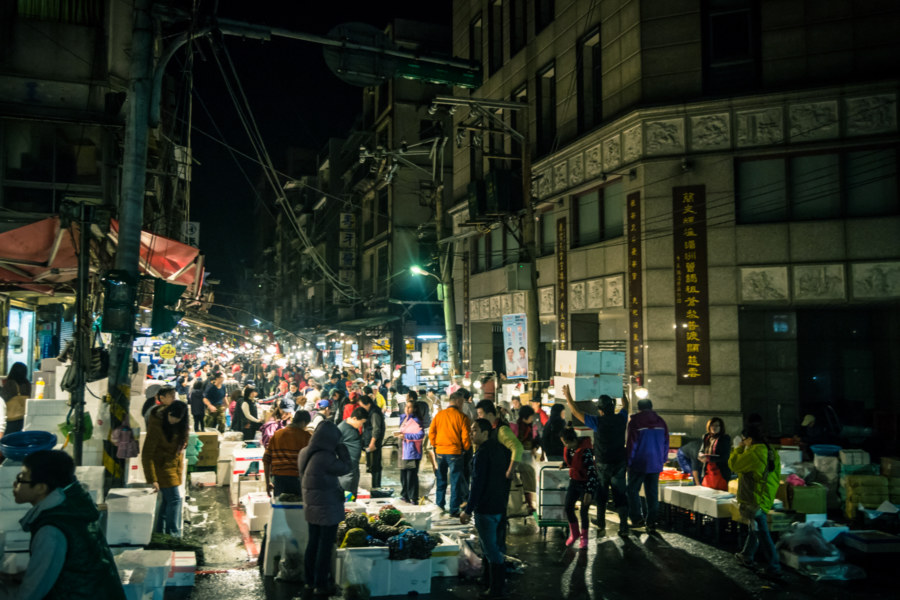
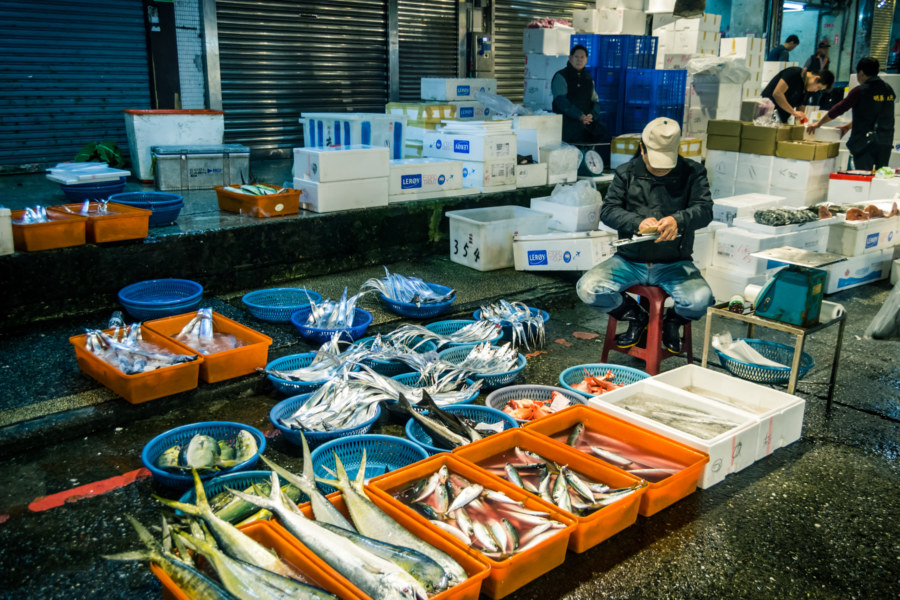
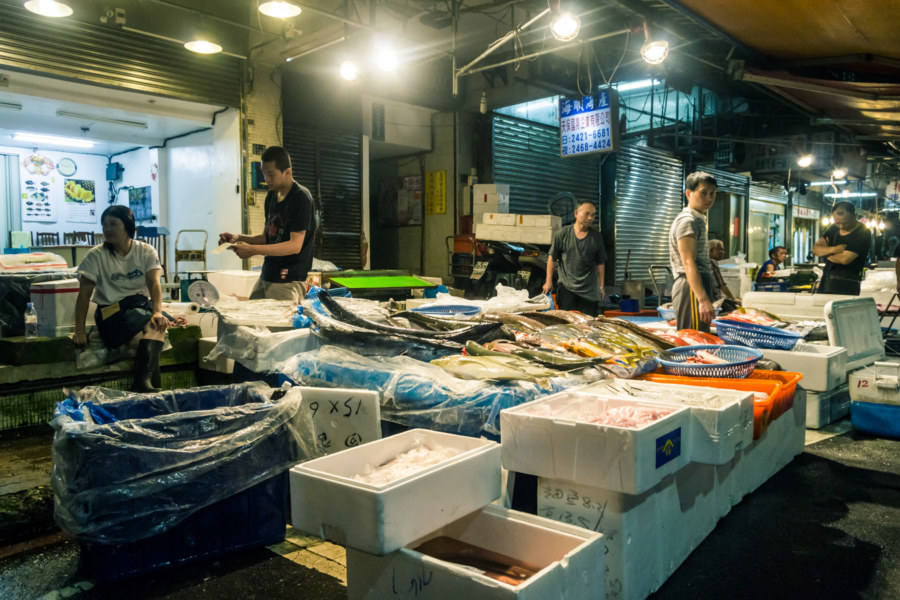
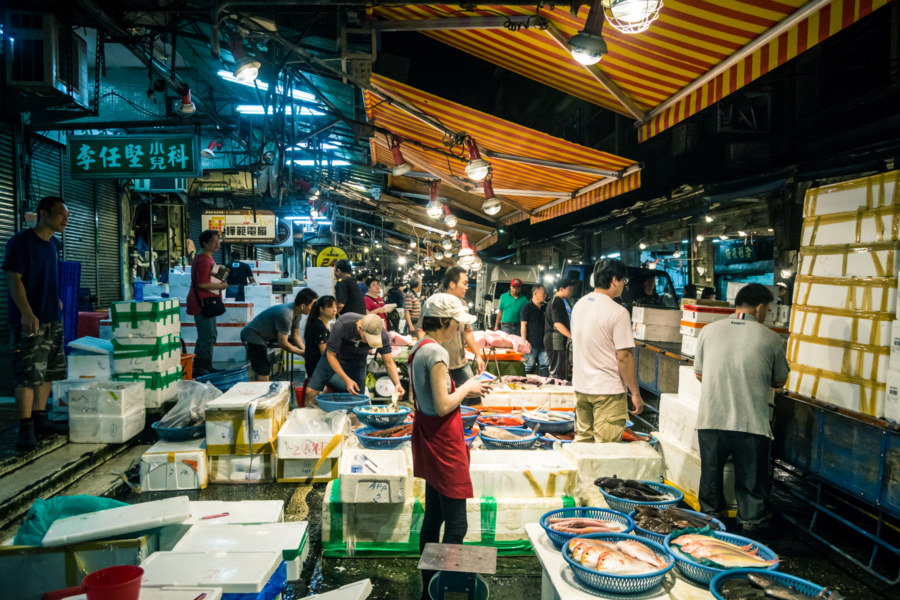
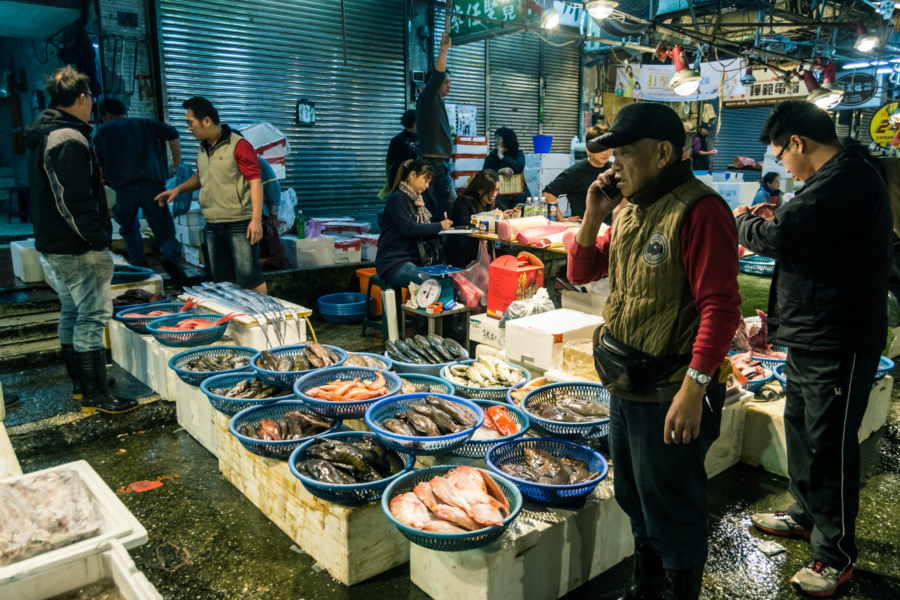
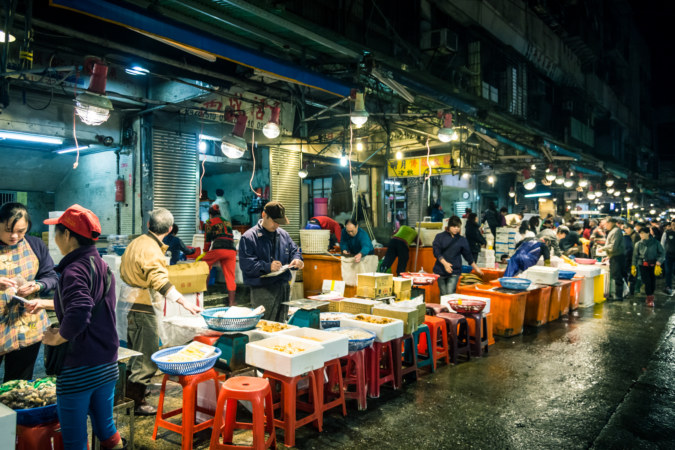
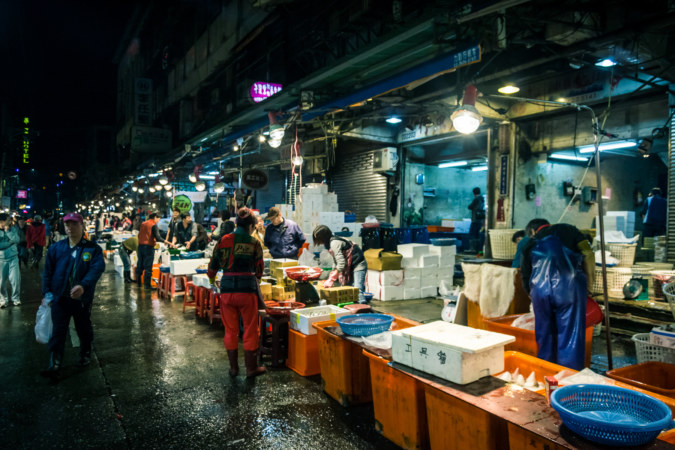
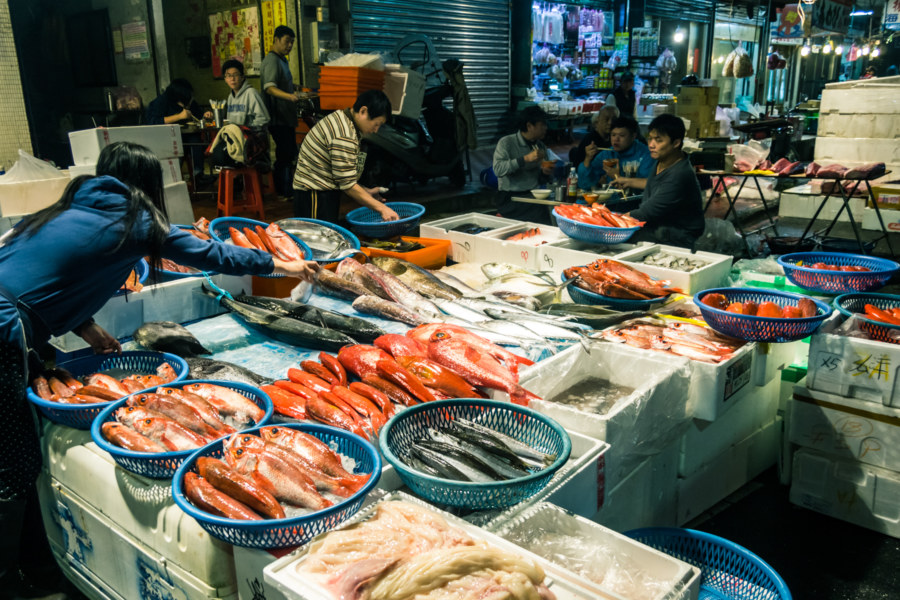
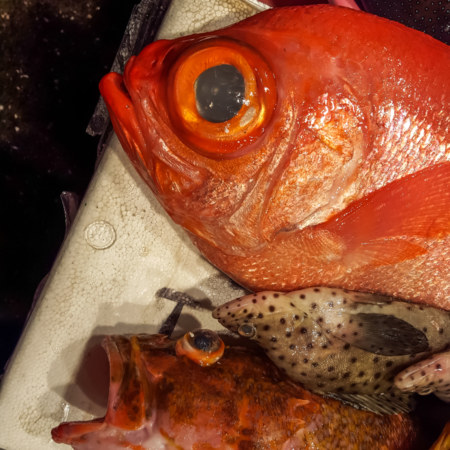
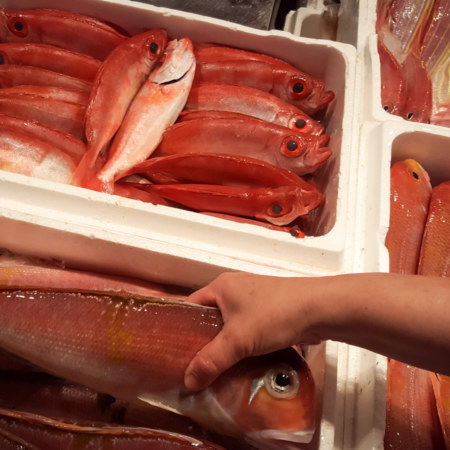
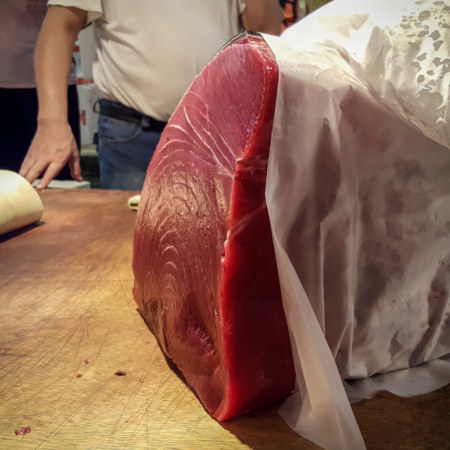
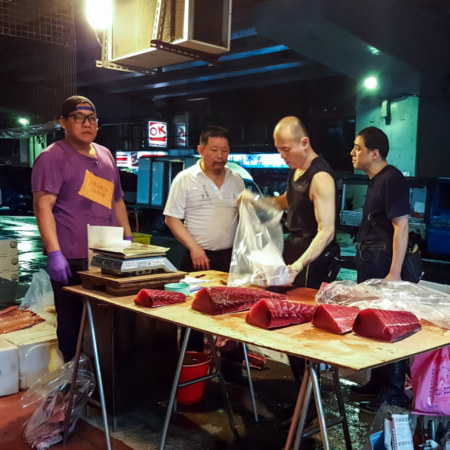
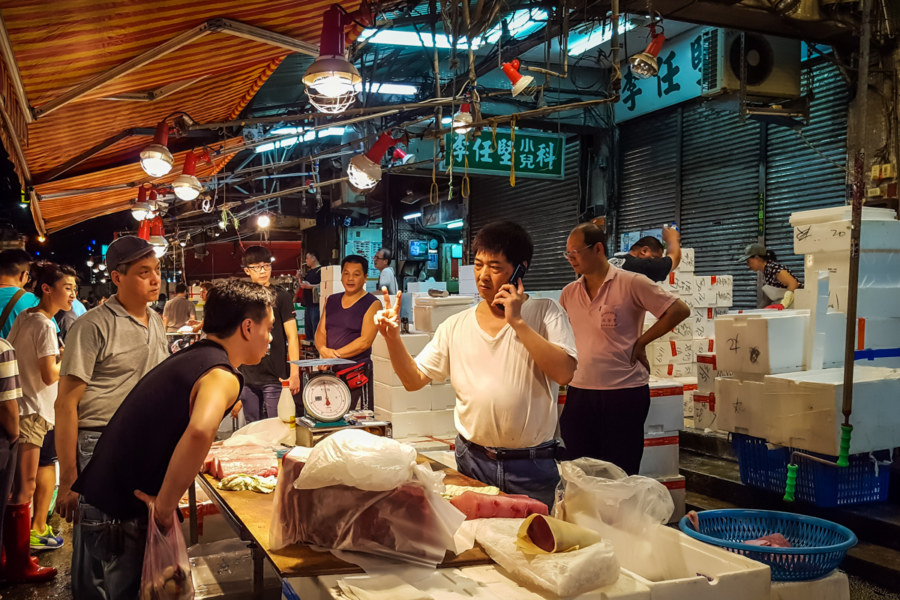
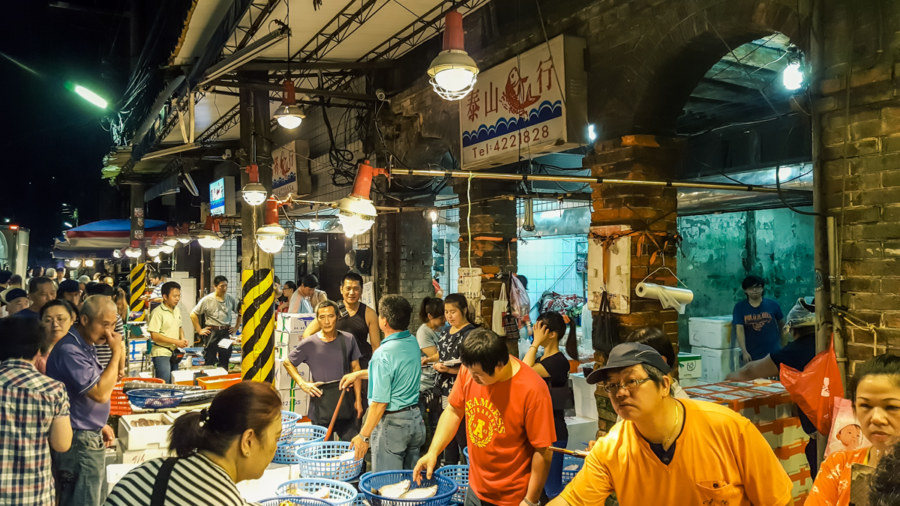
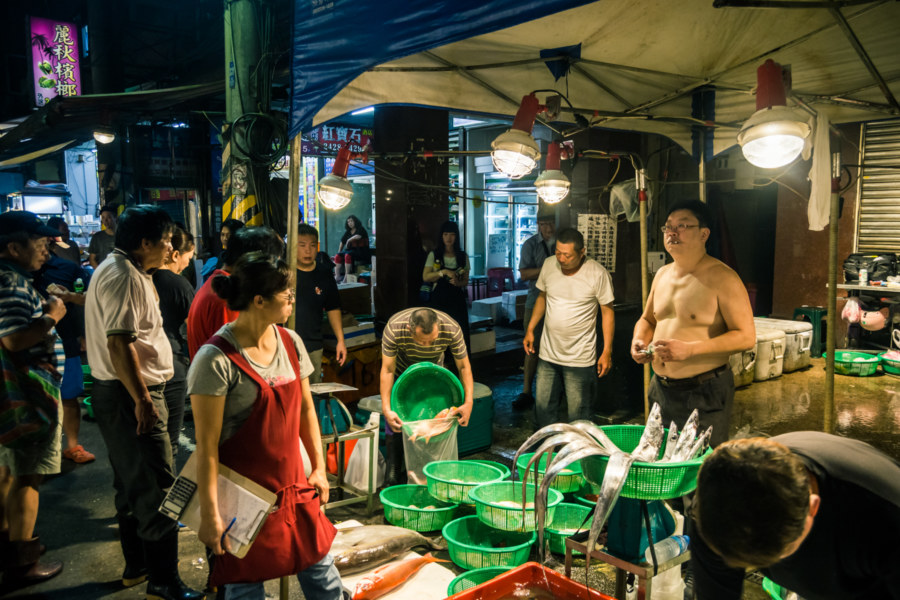
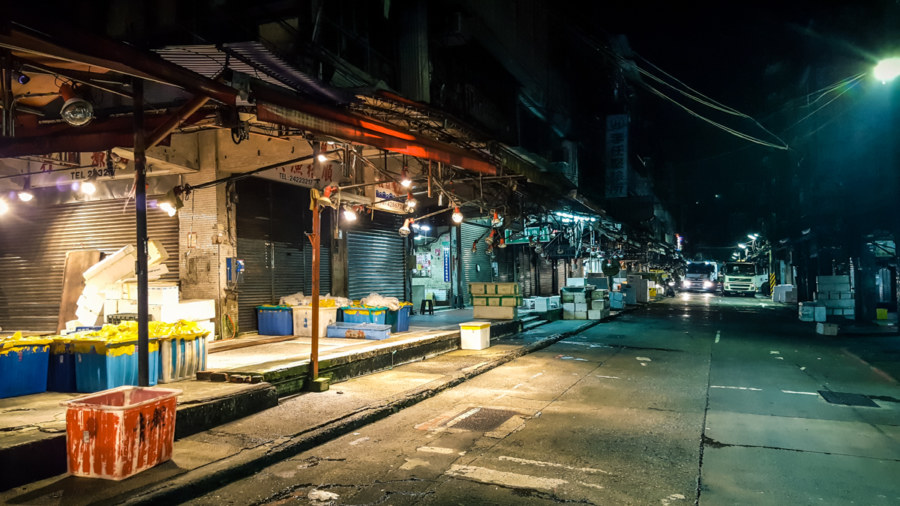
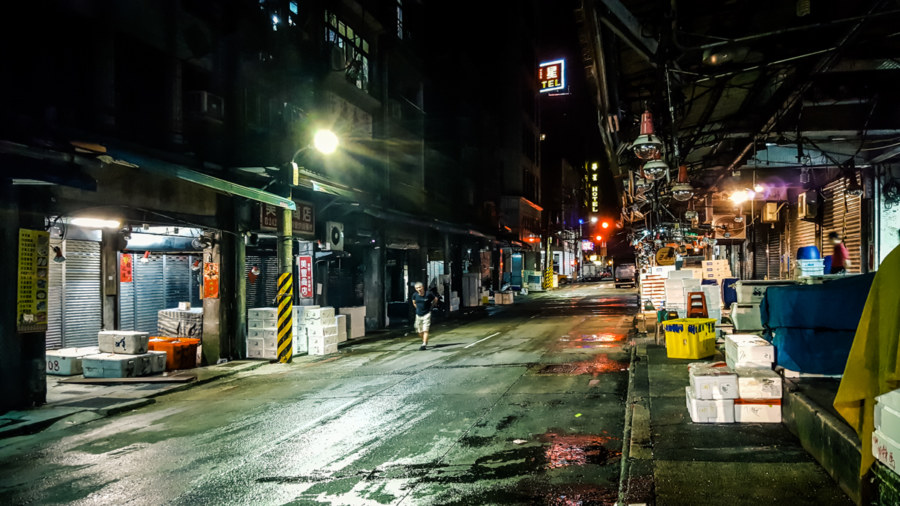
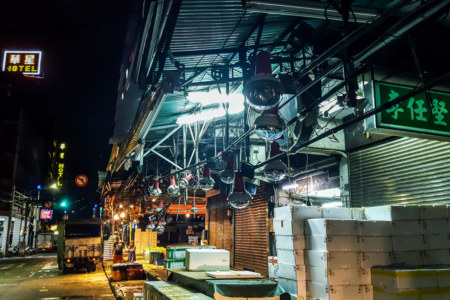
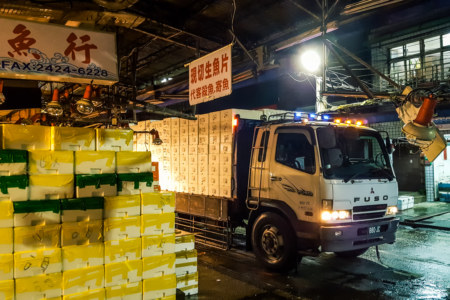
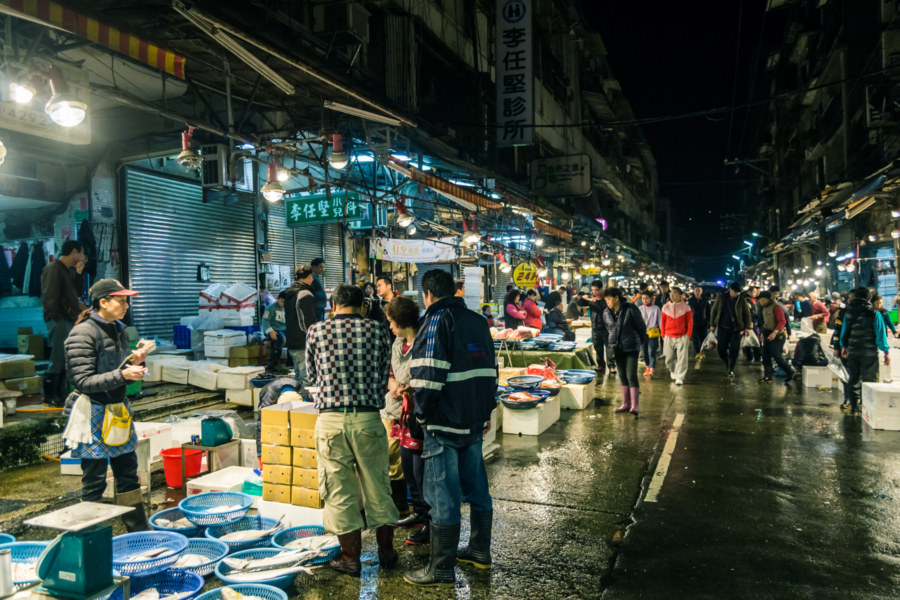
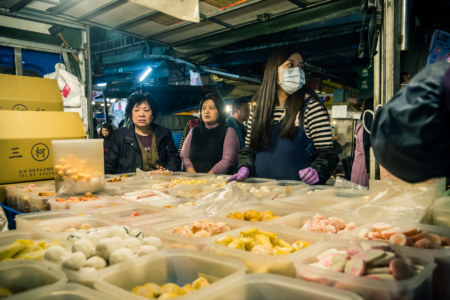
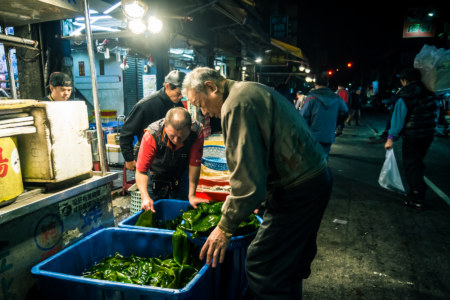
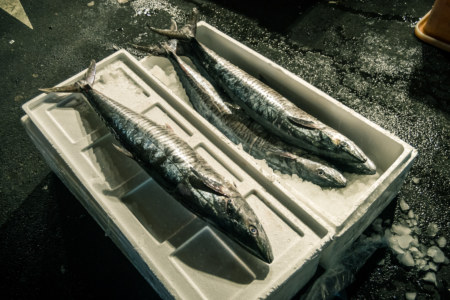
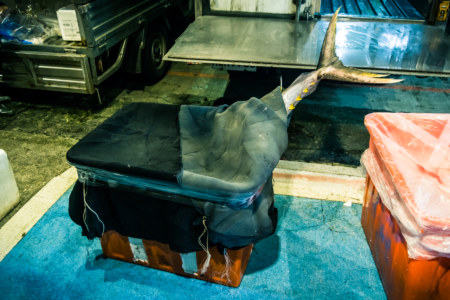
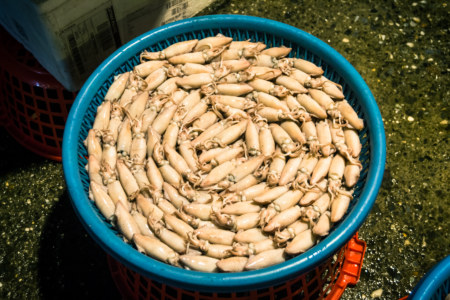
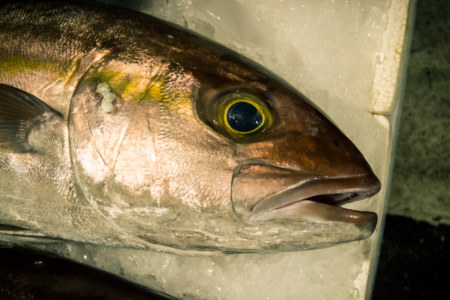
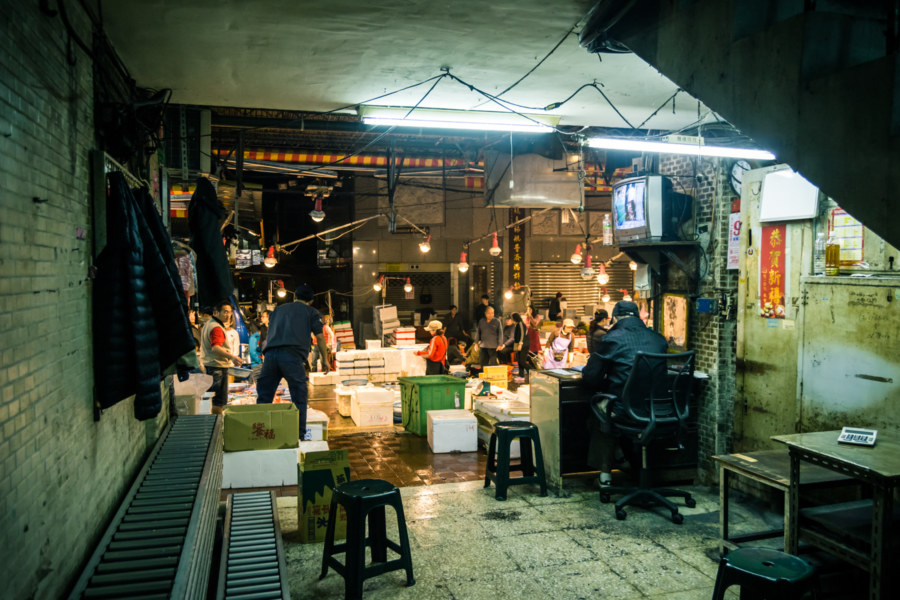
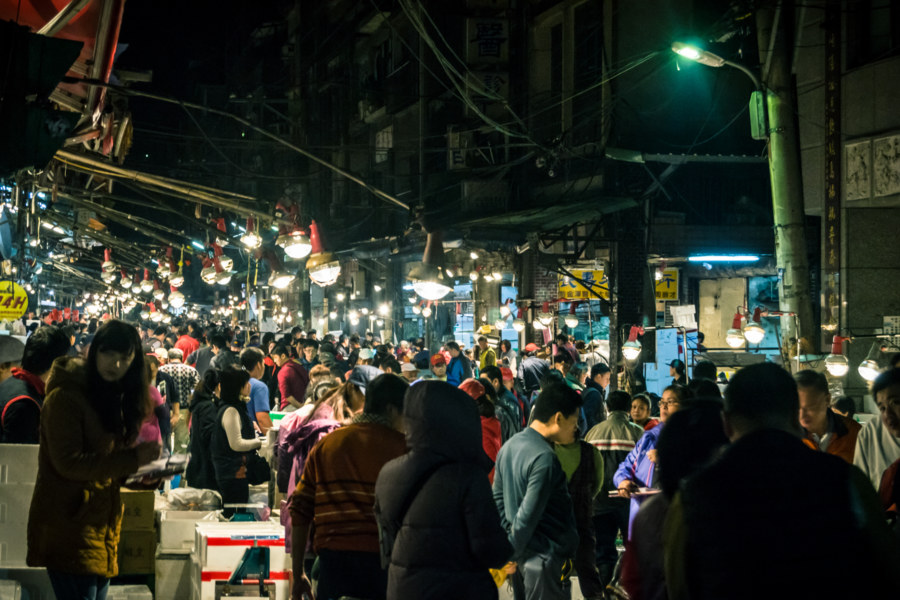
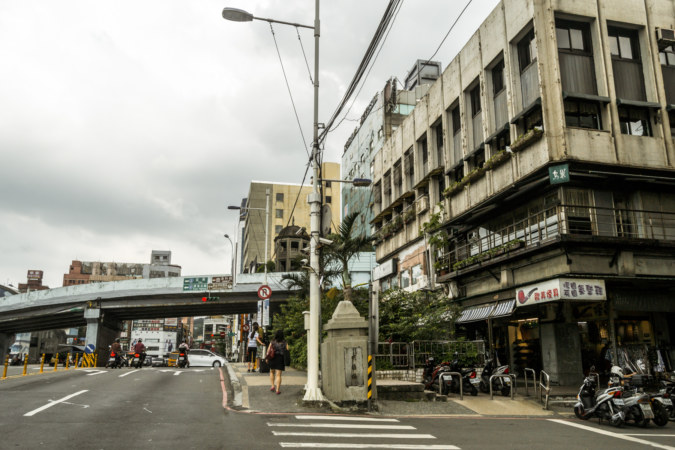
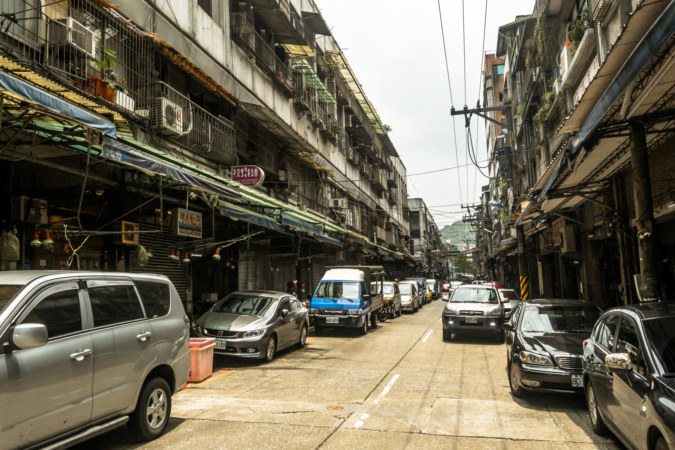
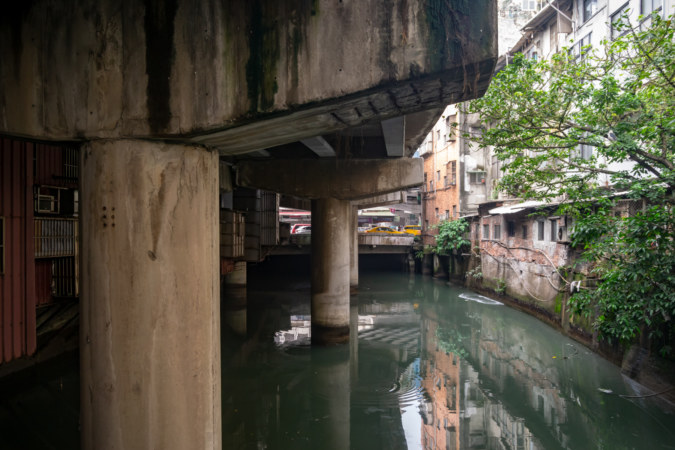
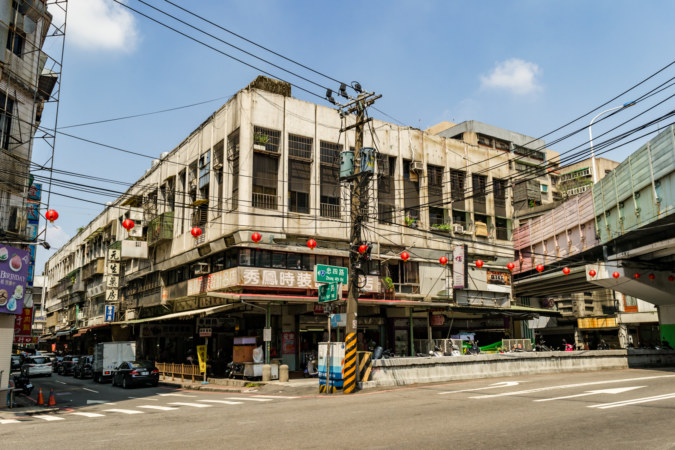
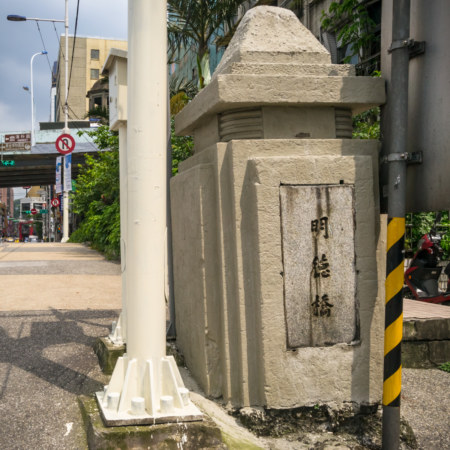
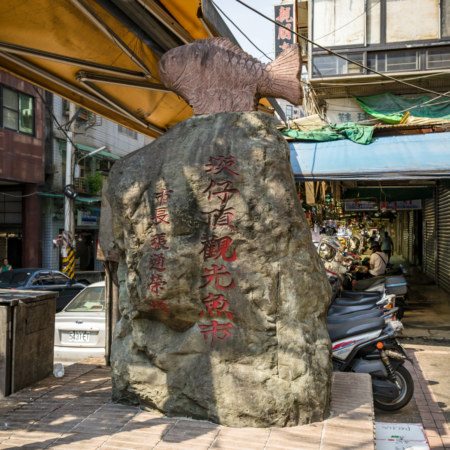
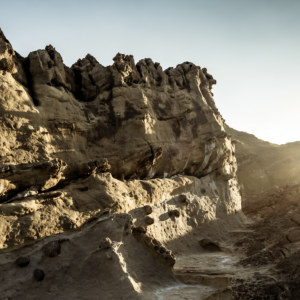
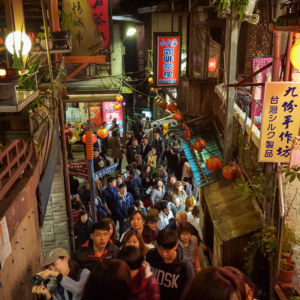
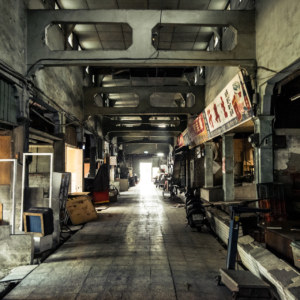
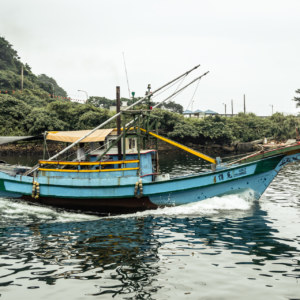
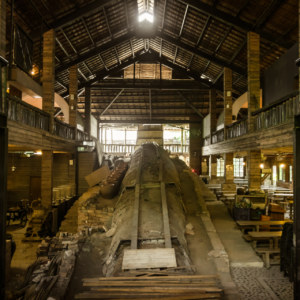
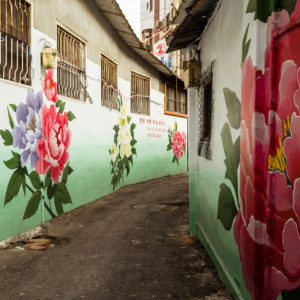
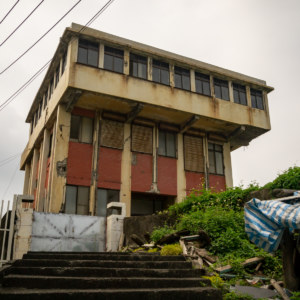
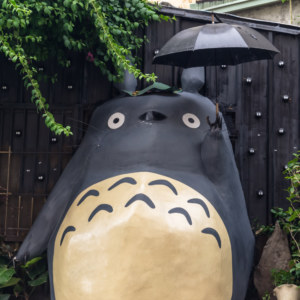
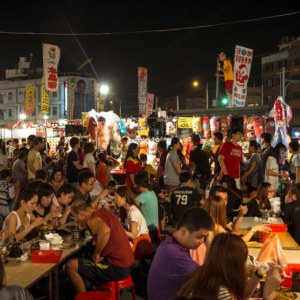
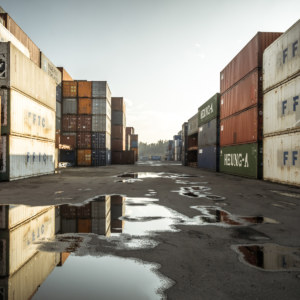
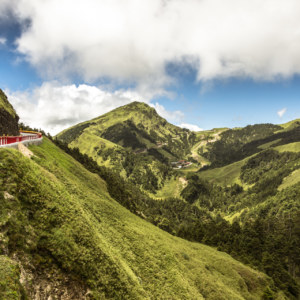
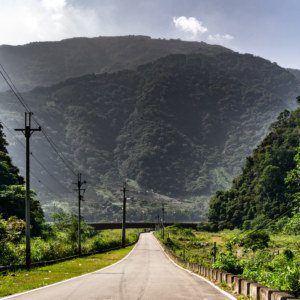
Wow, I am impressed that you know about this intriguing piece I wrote several years ago! This night I spent there is really an extraordinary memory, I had no way to express it but write a fictive story, and I’m not really whether I even conveyed some of the atmosphere there. Anyway your article is interesting and it’s nice to know more about this place’s history! And great photos as usual :)
Nice post, mate. Knew nothing about this place. Cheers.
Interesting place bro.
I have to agree with the posts above, very interesting place and great post. 3am, my god, why can’t it be like that here? ;)